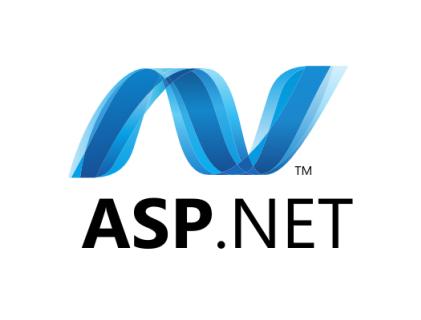ASP.NET Web Forms and ASP.NET MVC (Model-View-Controller) are two different frameworks for building web applications in the ASP.NET ecosystem. They have distinct approaches to application development, and each has its own advantages and use cases. Here’s a detailed comparison between the two:
ASP.NET Web Forms
1. Overview:
- Web Forms is a web application framework developed by Microsoft as part of the .NET Framework. It uses a drag-and-drop approach to designing web pages with a visual designer and server controls.
2. Architecture:
- Web Forms follows a page-centric model where each page (.aspx) represents a complete web form. It abstracts the complexities of HTML, CSS, and JavaScript, focusing instead on server-side code.
3. Page Lifecycle:
- Web Forms have a rich page lifecycle that includes events such as
Page_Load,Page_Init, andPage_PreRender. These events enable developers to handle different stages of the page rendering process.
4. State Management:
- Web Forms use ViewState to maintain the state of server-side controls between postbacks. This allows for easier development but can lead to increased page size and performance issues.
5. Server Controls:
- Web Forms provide a variety of server controls (e.g., GridView, DropDownList) that automatically generate HTML and handle events on the server side.
6. Event Handling:
- The event-driven programming model allows developers to handle user interactions (e.g., button clicks) using server-side event handlers.
7. Separation of Concerns:
- Web Forms generally have a less clear separation of concerns between the presentation layer and business logic. Code is often mixed with markup in the code-behind files.
8. Learning Curve:
- The drag-and-drop interface and server controls can simplify development, especially for developers familiar with desktop application development.



